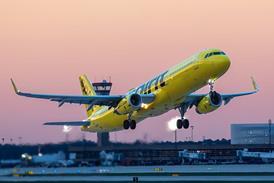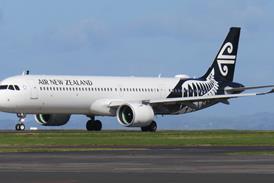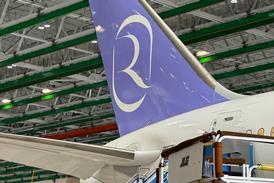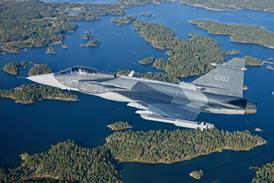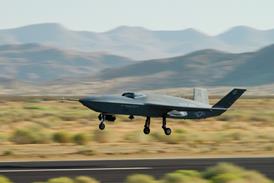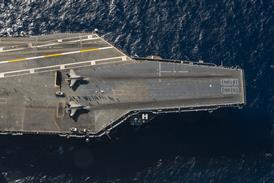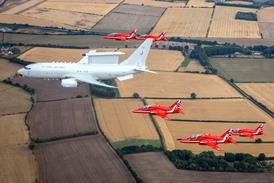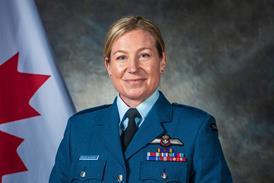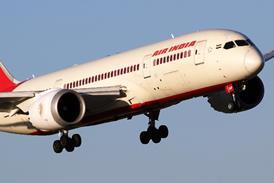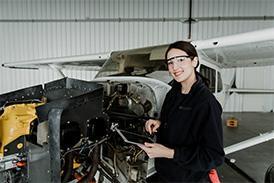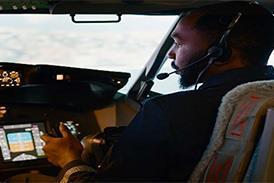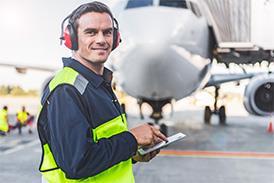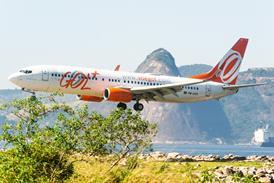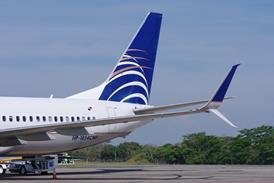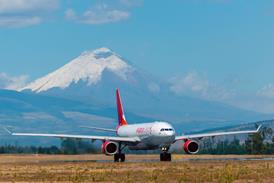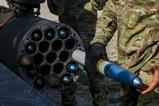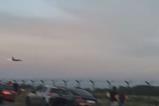Despite political tension that upended the traditionally cosy relationship between Canada and the USA, the new chief of the Royal Canadian Air Force (RCAF) says the service will continue close cooperation with the US Air Force.
The RCAF will also proceed with a sweeping modernisation plan that includes procuring American-made hardware, according to the service’s new commander.
Lieutenant-General Jamie Speiser-Blanchet assumed command of the RCAF in July, becoming the first woman to head the Canadian air service.
It is not the first such milestone in Speiser-Blanchet’s military career. After graduating flight school as a Bell CH-146 Griffon pilot in 1996, she became the first female pilot assigned to the 430 Tactical Helicopter Squadron in Quebec.
Now the senior air officer for the entire Canadian armed forces, Speiser-Blanchet is overseeing a once-in-a-generation modernisation of the RCAF that calls for the service to acquire new fighters, training aircraft, maritime patrol jets, tankers and uncrewed remotely piloted aircraft.
“We’re not just growing the same air force and replacing all of the equipment and airframes that we’ve had,” Speiser-Blanchet says. “We’re actually building a very modern fifth-generation air force, which will have technology that we’ve never seen before.”
Chief among new hardware will be Canada’s first low-observable tactical fighters – Lockheed Martin F-35As, which will replace the country’s aged fleet of Boeing F/A-18A Hornets.
Ottawa plans to acquire 88 of the single-engined stealth fighters, with contracts already signed covering an initial tranche.
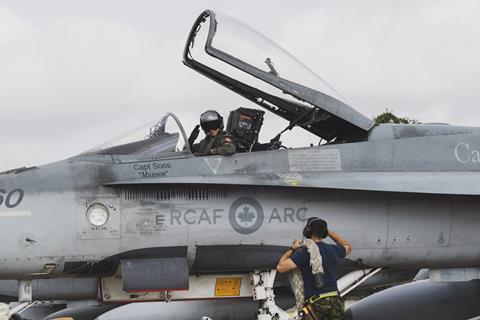
However, tension with Washington has thrown that plan into uncertainty, with senior political figures in Canada suggesting the country should reduce or abandon its commitment to F-35s in favour of a non-US alternative.
Accomplishing such a swap would be difficult because no direct substitute for the Lockheed stealth jet is currently available. Former RCAF officers, including both supporters and critics of an F-35 purchase, have cautioned against operating a mixed fleet, citing increased costs and logistic burden.
A final decision on the matter rests with the government of Prime Minister Mark Carney, and a formal report on the pros and cons of the F-35 is expected to be delivered to the government in the coming weeks.
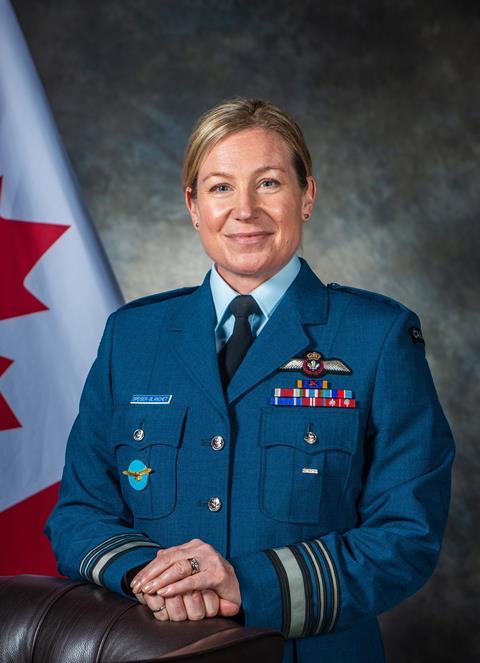
Citing anonymous sources in the Canadian government, Reuters reported on 7 August that the review does not offer a formal recommendation but that senior defence officials have themselves endorsed sticking with F-35As.
Speiser-Blanchet says no changes have been made to RCAF procurement contracts already in place, which cover a number of US-made aircraft, such as Boeing P-8A maritime patrol jets and General Atomics Aeronautical Systems MQ-9B remotely piloted surveillance aircraft.
“I think it’s really just a matter of making sure that we are communicating the operational requirements that make the most sense for the defence of Canada,” she says of the military’s role in the debate.
A significant chunk of the RCAF’s modernisation effort is already being sourced domestically or from Europe, Speiser-Blanchet notes.
The SkyAlyne joint venture between Canadian firms CAE and KF Aerospace is to provide the RCAF with a new fleet of 71 trainer aircraft, including single- and multi-engined fixed-wing types, and rotorcraft. European airframer Airbus is also on contract to provide Canada with nine A330-based tanker/transports.
There are also plans for a C$18 billion ($13.1 billion) replacement of Canada’s CH-146 fleet with multiple types of more-specialised platforms in the 2030s.
Political strife aside, Speiser-Blanchet says the US-Canada military relationship remains strong – particularly the countries’ joint operation of the North American Aerospace Defense Command (NORAD).
“There is no change to our relationship. We are working very closely together,” she says. “It’s important that we work together for the defence of the continent.”
Canada plans to invest nearly C$40 billion in NORAD modernisation over the next 20 years, including to acquire over-the-horizon airspace radars for tracking hypersonic weapons. The Carney government has also rolled out plans to significantly expand defence spending this fiscal year, with a goal of meeting NATO’s guidelines for military expenditures at the national level.
If accomplished, it would represent the first time Canada has met the target of spending the equivalent of 2% of gross domestic product on defence – although the alliance in June increased the goal to 3.5% of GDP by 2035.
Defence officials in Ottawa have told FlightGlobal the new funds will be targeted at current operations, rather than capital expenditures on infrastructure or new hardware.
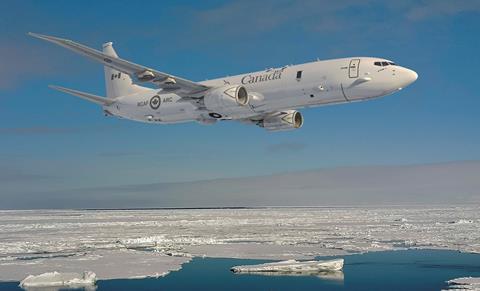
Nearly $2 billion will be spent to expand the Canadian armed forces by some 13,000 active and reserve personnel by 2030.
“Having to balance that growth with existing demands, I think, is probably one of the biggest challenges,” says Speiser-Blanchet, noting the RCAF is currently understrength on personnel.
With a renewed focus on recruiting and retention, Speiser-Blanchet says the service is making progress on addressing the staffing shortfall.
“My biggest priority is making sure that we lead our people through the significant changes that are ahead for us,” she adds.
When asked about the significance of her milestone appointment as the first woman to head the RCAF, Speiser-Blanchet is of two minds.
“Practically speaking, it doesn’t really matter that I’m a woman,” she says. “I have the skills, I’m able to do the job, and I have an amazing team… of experts that support me.
“But on the other hand, I’m very proud to be the first, and I really hope that other women and all of our members can see themselves in any of the positions that we have,” she adds.


